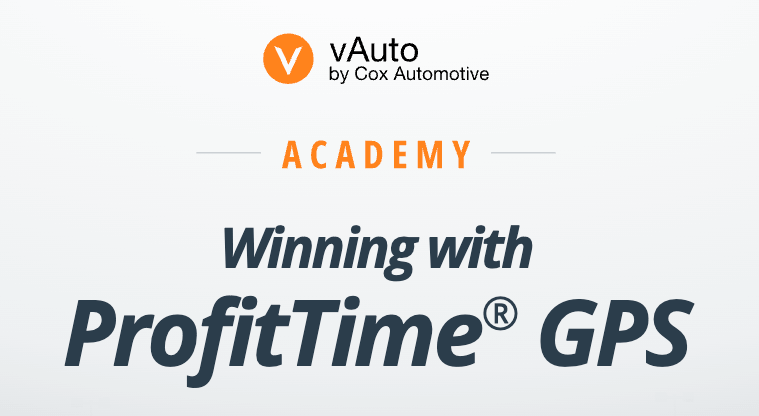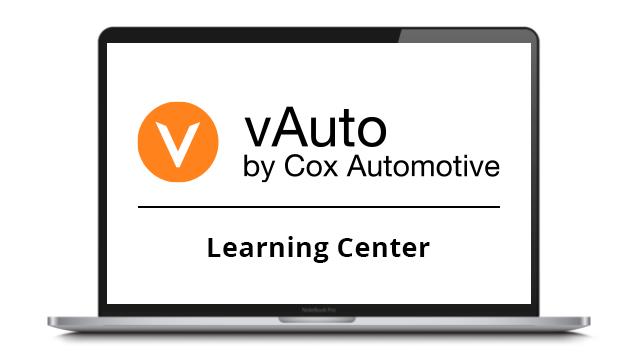If memory serves, I first heard the term “profit coma” from dealer Brian Benstock of Paragon Honda during a podcast more than a year ago. He used the term to describe how a run of unprecedented profitability could result in dealers being slow to move as used vehicle market conditions became less favorable.
Curiously, “profit coma” has come up in dealer conversations

the past couple weeks—likely triggered by the current inflection point we’re seeing in the market and the tougher conditions dealers now face as they acquire and sell used vehicles.
The inflection point’s arriving almost exactly as analysts like Cox Automotive chief economist Jonathan Smoke predicted. Broadly speaking, retail demand seems to be slowing down after starting the year stronger than expected. Wholesale values continue to decline and retail prices have begun to soften, trailing the wholesale values as they have in the past. Smoke and others expected such conditions would emerge in mid- to late April, and that’s pretty much what we’re seeing.
The current conditions have caused some dealers to take a harder look at their used vehicle operations to find ways they might resuscitate their used vehicle sales volumes and profits. Such efforts, for which I’ve been providing counsel in recent days, caused more than one dealer to realize that they had been suffering from a profit coma without really knowing it.
The symptoms of the profit coma show up in two places:
1. Inventory Acquisition: I’ve talked to several dealers who lamented that their March sales volumes, and their current pace of sales in April, likely suffered from not having sufficient inventory. Note: These dealers’ inventories are not significantly out of balance with their rolling 30-day total of retail sales. Rather, the dealers have realized, upon closer examination, that their efforts to acquire inventory likely suffered as appraisers and buyers didn’t put enough money into cars they really needed.
As one dealer put it, “they were still looking to take in cars with potential for the $3,000 and $4,000 front-end grosses we’ve been getting.” Now, the cars and customers are gone, symptoms of the profit coma. The dealer, and his used vehicle manager, have now agreed to ensure appraisers and buyers know when a car they really need arrives and to step up to acquire it, even if the front-end grosses are leaner than they’d like.
2. Retail Prices: When you’ve come off two-plus years of seeing front-end gross profits rival the best that dealers in my time achieved 20 to 30 years go, it’s difficult to price cars for anything less—another sign of the profit coma. But the current market isn’t as forgiving as it used to be. Retail buyers are looking much closer at what they can afford to buy and what they’re willing to pay. When dealers ask too much, they aren’t selling cars unless and until they mark down their asking prices. I should add that the failure to move these vehicles often leads to a profit coma corollary—dealers cheap-selling their best cars to make their monthly volume target.
I’d be remiss if I didn’t add that the profit coma problem isn’t as profound with ProfitTime GPS dealers who are highly disciplined to the solution’s appraisal and pricing recommendations. When they consistently apply the recommendations, there’s no mystery about the vehicles they can, and should, step up to acquire. Similarly, there’s little, if any, doubt about the cars that need to be priced to move quickly, and those that deserve a mark-up, and time, necessary to deliver their optimal ROI.
Some of the ProfitTime GPS dealers will also admit that they, too, were in a profit coma not so long ago. But now they’re awake, alert and actively taking deals from dealerships where the profit coma persists.
The post A Look at the “Profit Coma” Problem in Used Vehicles appeared first on Dale Pollak.
















